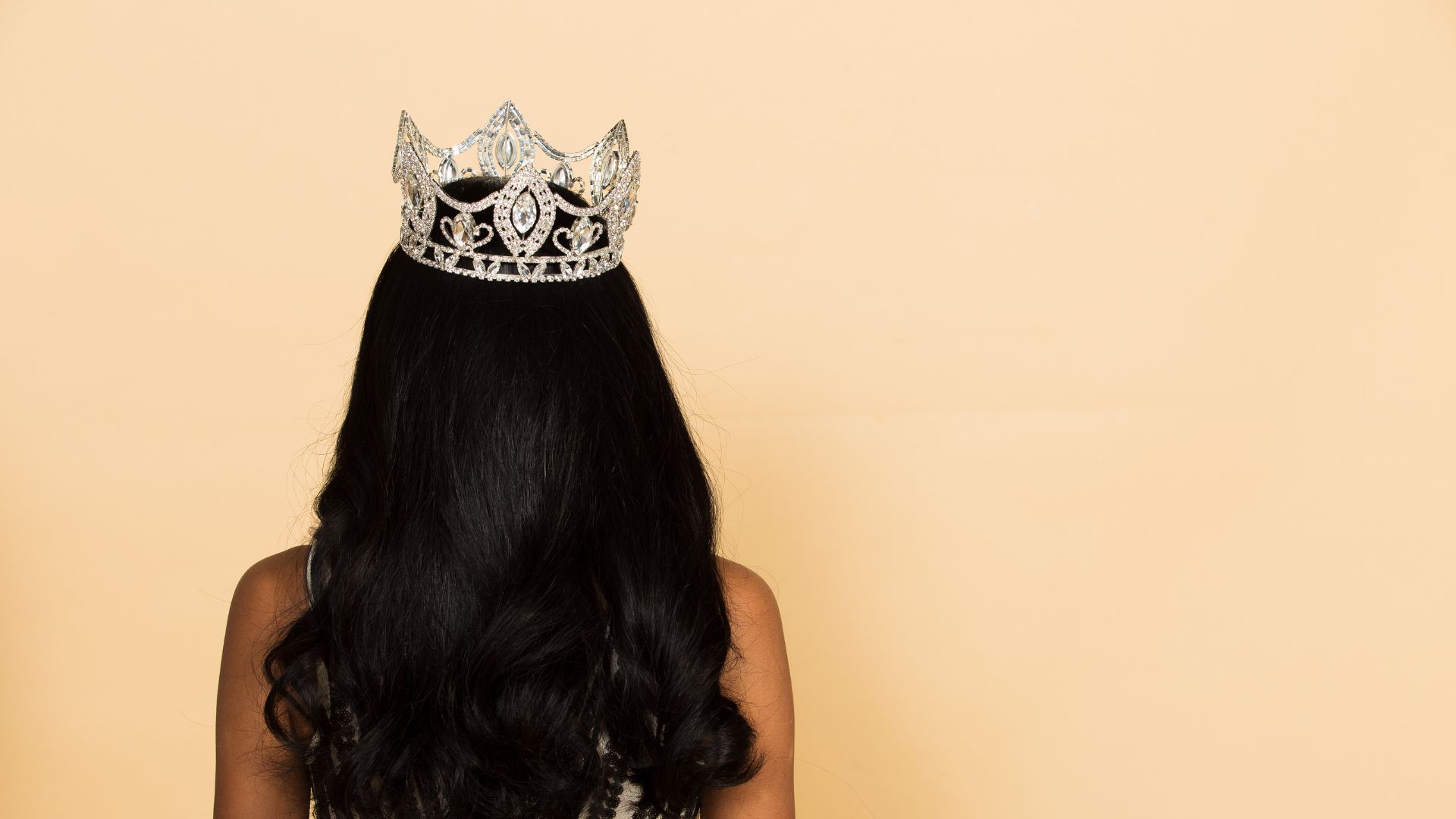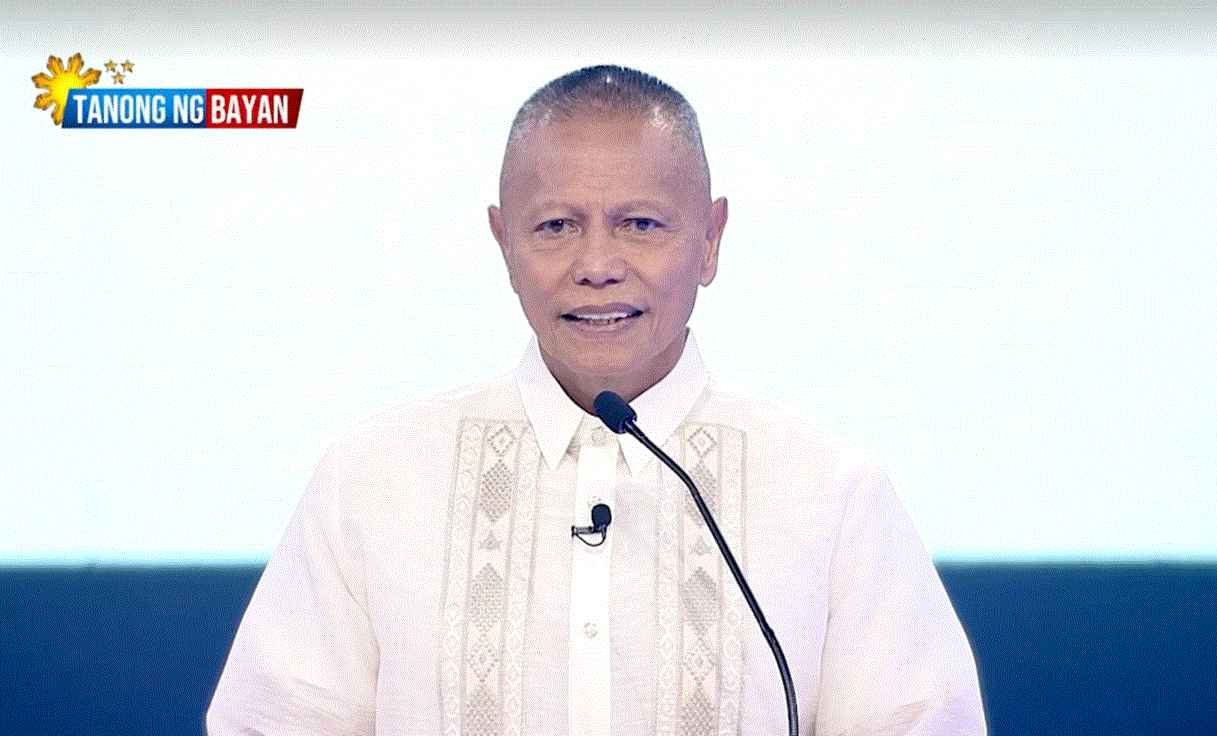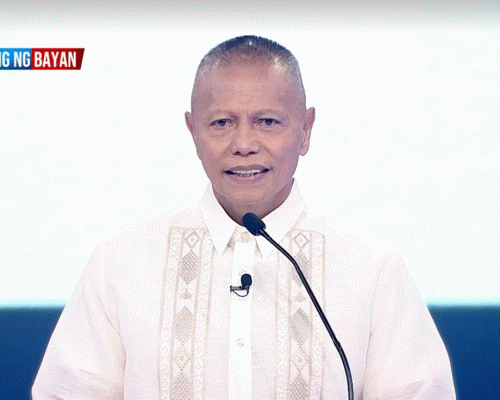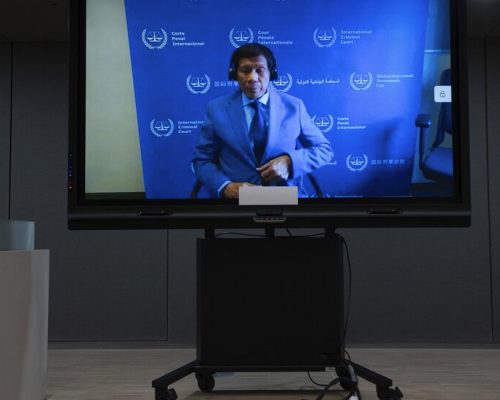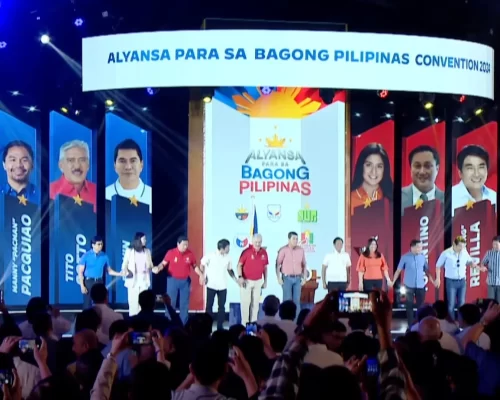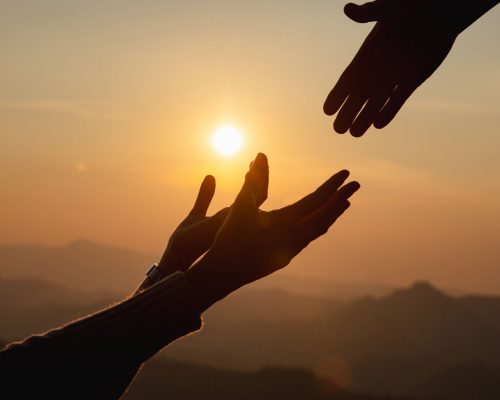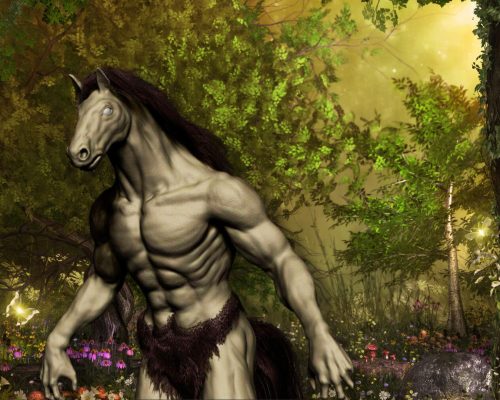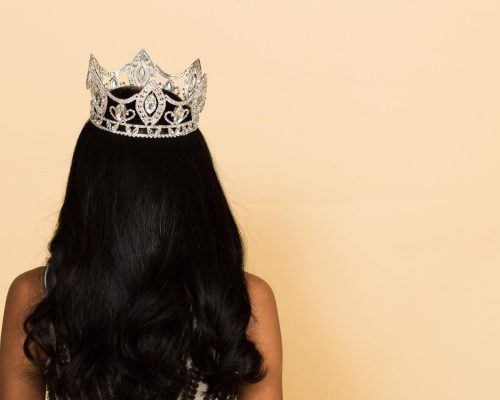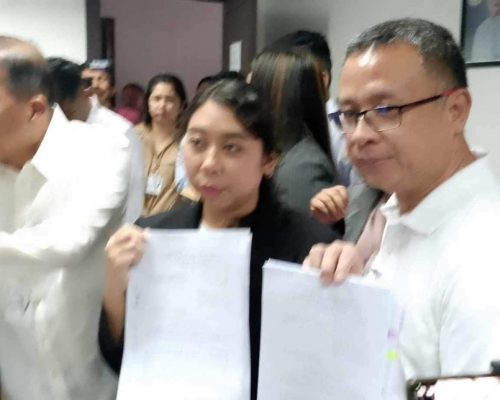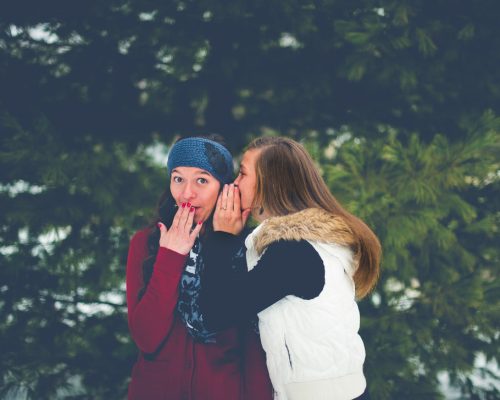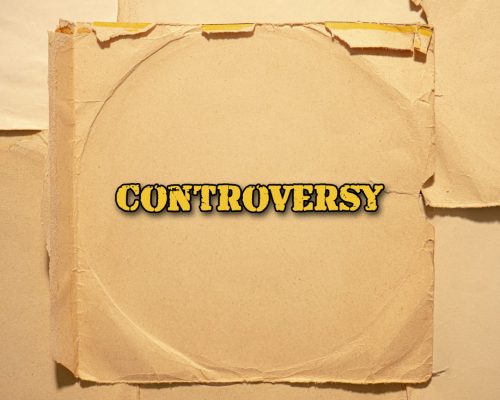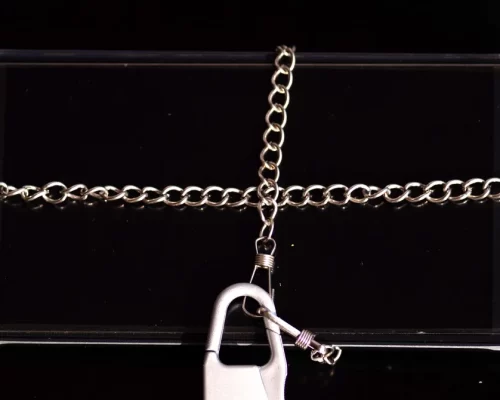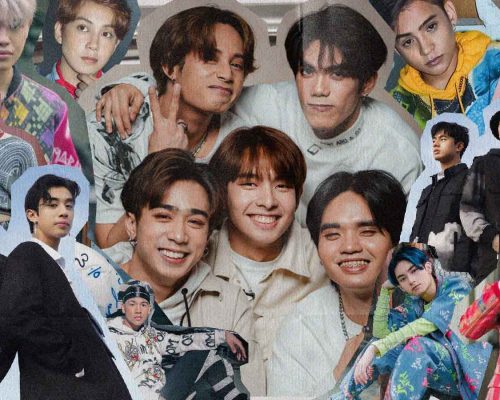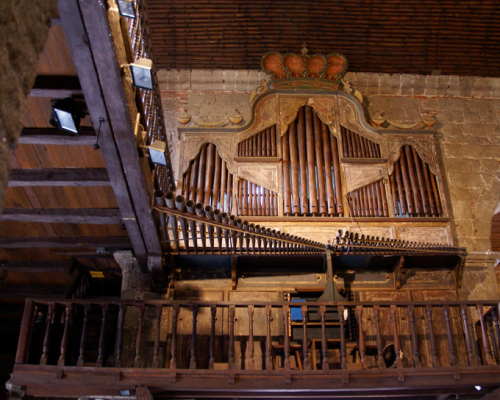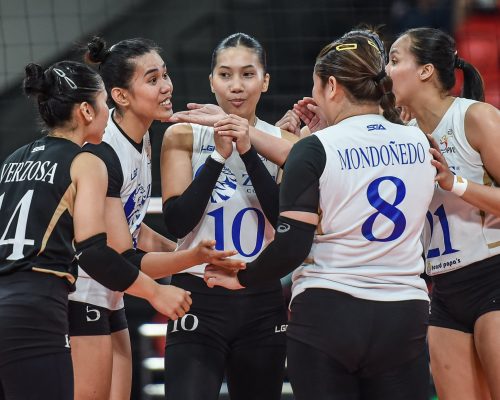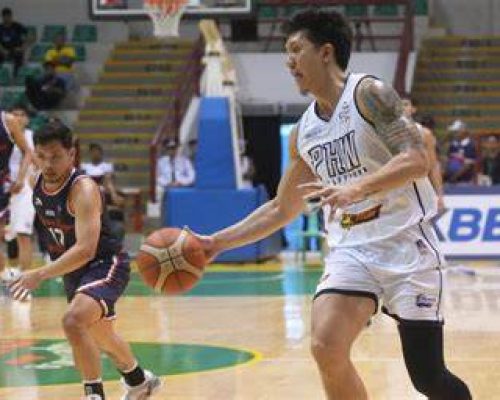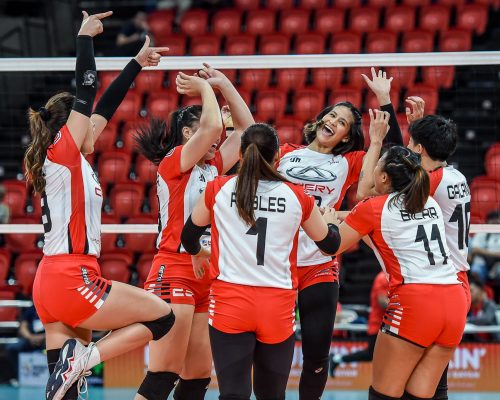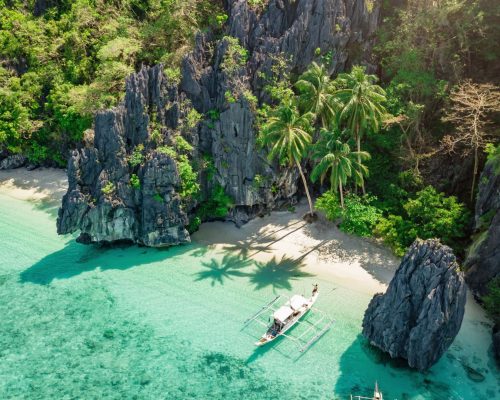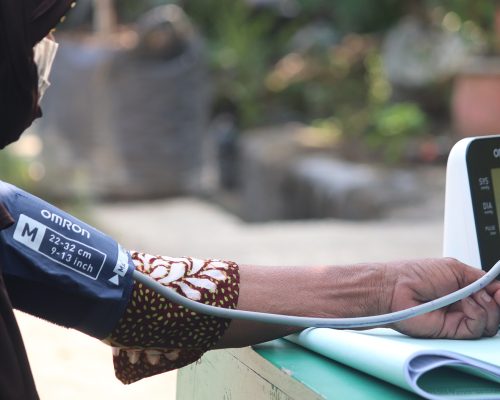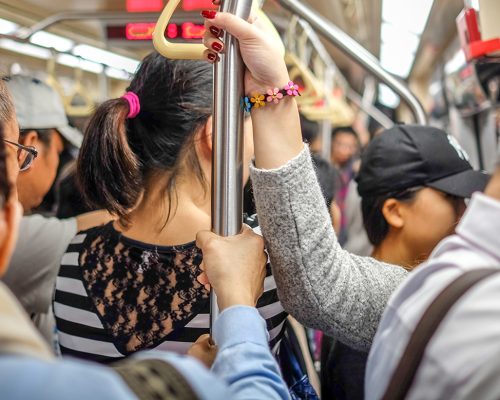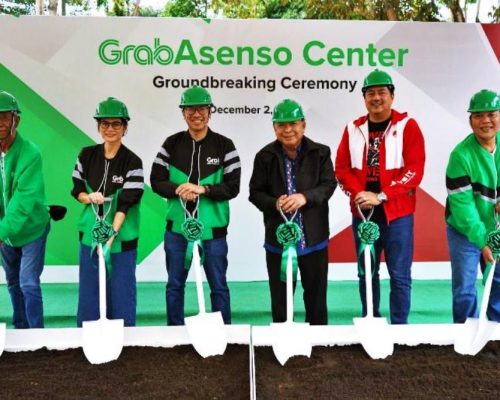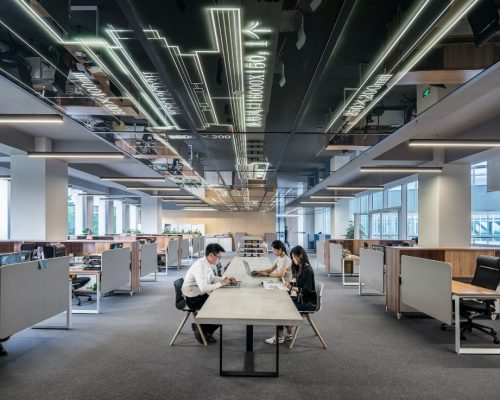In the Philippines, beauty pageants are not just events; they are cultural phenomena that capture the imagination of millions and serve as platforms for showcasing beauty, talent, and charisma. While national and international beauty pageants receive the lion’s share of attention, it’s at the grassroots level, in the barangays (villages) across the archipelago, where a unique and vibrant twist on pageantry takes center stage. Welcome to the world of Barangay Beauty Pageants, where unconventional categories and diverse beauty standards celebrate the rich tapestry of Filipino society.
At first glance, Barangay Beauty Pageants may seem like traditional pageants on a smaller scale. However, what sets them apart is the inclusion of unconventional categories that challenge conventional notions of beauty and gender. In addition to the standard categories like “Miss Barangay” or “Miss Teen,” contestants might also compete for titles such as “Miss Gay,” “Miss Bakla” (transgender), or even “Miss Barangay Tanod” (village watchman). These unique categories reflect Filipino society’s cultural quirks and diversity, celebrating beauty in all its forms.
Including categories like “Miss Gay” and “Miss Bakla” is a testament to the Philippines’ long history of embracing LGBTQ+ individuals and their contributions to society. In barangay beauty pageants, contestants who identify as gay or transgender are given a platform to showcase their beauty, talent, and creativity without fear of discrimination or prejudice. These pageants serve as safe spaces where LGBTQ+ individuals can express themselves authentically and proudly celebrate their identities.
Furthermore, barangay beauty pageants play a crucial role in challenging traditional beauty standards and promoting inclusivity. While mainstream beauty pageants often prioritize a narrow definition of beauty based on Western ideals, barangay pageants celebrate beauty in all its diversity. Contestants of all shapes, sizes, and backgrounds are welcomed with open arms, challenging stereotypes and empowering individuals to embrace their uniqueness.
In addition to promoting inclusivity, barangay beauty pageants also serve as a platform for highlighting the contributions of unsung heroes within the community. Titles like “Miss Barangay Tanod” or “Miss Barangay Kagawad” (village councilor) honor individuals who serve their communities with dedication and selflessness. These pageants not only celebrate their beauty but also recognize their commitment to public service and their role in making a positive impact on the lives of others.
But perhaps what makes barangay beauty pageants truly special is the sense of camaraderie and community spirit that they foster. In barangays across the Philippines, pageants are often organized as part of fiestas or other community celebrations, bringing together residents of all ages to cheer on their favorite contestants. Whether through elaborate costumes, spirited dance performances, or heartfelt speeches, barangay beauty pageants celebrate local culture, tradition, and identity.
Despite their popularity, barangay beauty pageants are not without their critics. Some argue that these pageants perpetuate harmful beauty standards and reinforce gender stereotypes. Others question the emphasis on physical appearance over other qualities like intelligence or talent. However, proponents of barangay beauty pageants argue that these events are about much more than just beauty; they are about celebrating diversity, building community, and empowering individuals to embrace their true selves.
In conclusion, barangay beauty pageants are a colorful and unique expression of Filipino culture, showcasing Filipino people’s diversity, creativity, and resilience. Through unconventional categories and inclusive participation, these pageants challenge traditional notions of beauty and gender, promoting acceptance, understanding, and celebration of all individuals. Whether through a glamorous runway walk or a heartfelt advocacy speech, barangay beauty pageants serve as a reminder that beauty comes in many forms and that true beauty lies in authenticity, diversity, and the strength of community spirit.

